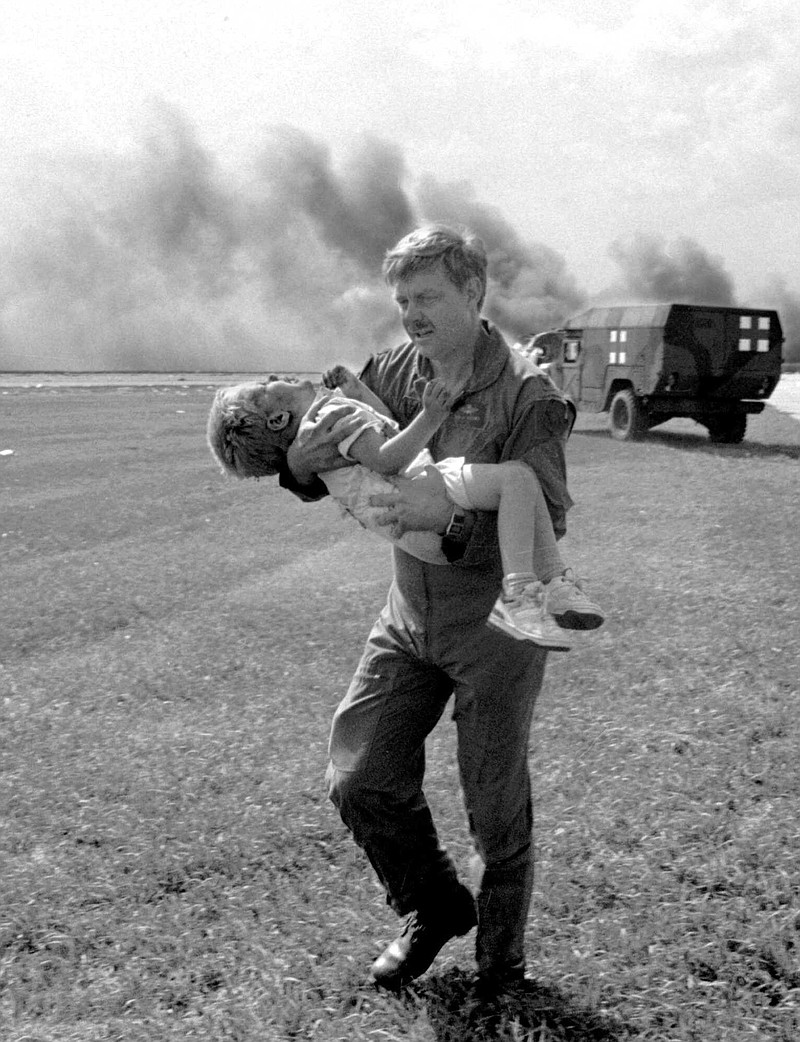Hundreds of hands grappling with oxygen masks. Flight attendants warning passengers to brace for impact. The plane hurtling toward the unforgiving ground.
Survivors of air accidents often proclaim their survival was a miracle. But what follows is another kind of miracle: Many survivors manage to get past the horror and onto planes again.
How do they do it?
It's a question facing survivors of this week's Southwest Airlines accident, which killed one woman who was sucked partway out of the plane after the engine exploded and shattered a window.
Authorities said 148 passengers walked away, underscoring an important point: Plane crashes are rare, but when they happen, people often survive them. Between 1983-2000, 95.7 percent of people involved in commercial airline accidents survived, according to government data. In 2013, 304 of the 307 passengers survived an Asiana Airlines crash in San Francisco. And the horrific 1989 crash of a United Airlines flight in Sioux City, Iowa, had 185 survivors.
For guidance, survivors of Southwest Flight 1380 might look to those others who have survived air disasters. Some of them say it's critical to get back in the air quickly; they suggest counseling, prayer and even calming apps. But others never get over the fear.
Dave Sanderson was the last passenger to exit US Airways Flight 1549 after its emergency landing in the Hudson River in January 2009. He spent one night recovering from hypothermia at a New York hospital. The next day he had to make a decision: Could he fly back home to North Carolina?
Sanderson steeled himself; flying was the fastest way home. When he arrived at the gate, the captain and first officer got off the plane, listened to his story and reassured him. A flight attendant cleared a row of seats for him.
"If you don't get back immediately, you may never get back on that plane," said Sanderson, who now travels around the country giving inspirational speeches.
Sanderson makes it a habit to talk to the crew when he boards a plane. He also learns about the plane, including the exit strategy and what kind of doors it has.
Others lean on faith. Helen Young Hayes survived the crash of United Flight 232 in Sioux City, which killed 111 people. Hayes, a lifelong Catholic, closed her eyes and prayed as the plane went down; later, as she recovered from her burns, she thought a lot about why her life was spared.
Hayes started flying again about two months after the crash, confident God would hold her whatever the outcome of the flight. She has since flown more than 1 million miles.
"I would never have stepped on a plane again if I didn't firmly believe I had been totally saved by a miracle," said Hayes, who heads a Denver workforce development company that helps low-income people.
Hayes says survivors need to take time to heal. Their bodies will never forget, she says; every time she hits turbulence, she remembers what it felt like when the plane went down. But she also sees the crash as a gift that helped her find a higher purpose for her life.

